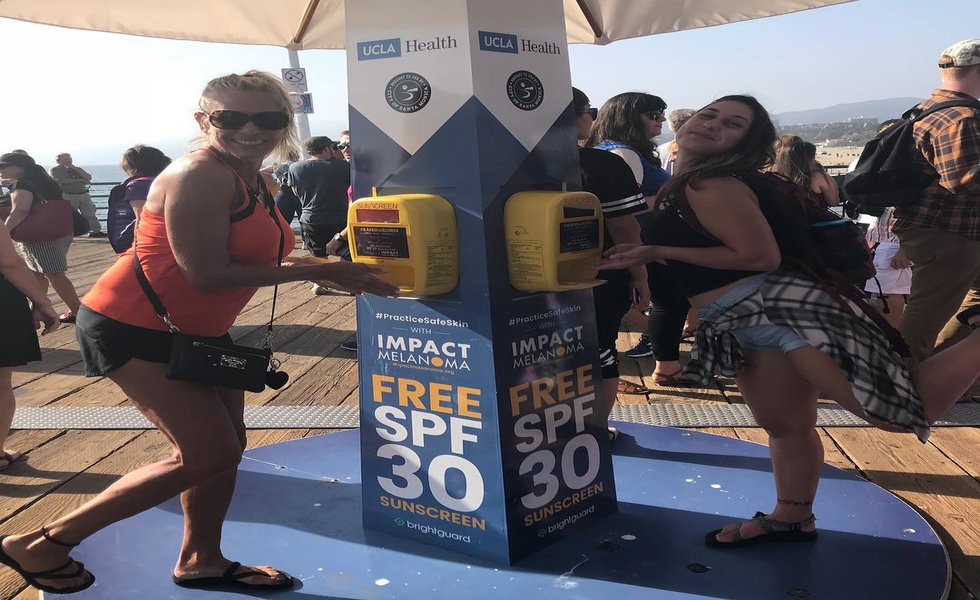While being known for moderate temperatures year-round, Southern California can still get pretty cold during the “winter” months, with lows in the 30’s and 40’s many nights between December and March. Colder weather brings out the heavy coats, hats, gloves and long pants for a few months each year, but doesn’t typically slow Southern Californian’s down from getting out and about. Just because it’s colder doesn’t mean that it’s less sunny in SoCal though, which is why you still need to wear sunscreen in the winter months.
In fact, there are several reasons why you should make sure to apply sunscreen in the winter in Southern California. Whether out in Downtown LA or spending a day near the beach at the Santa Monica Pier, you should always apply sunscreen before going out to any areas that will be exposed to the sun.
Three Reasons to Wear Sunscreen in the Winter
- The Earth’s Ozone is Thinnest During the Winter
December to March is when the Ozone layer is typically the thinnest for the Northern Hemisphere. The Ozone acts as a natural sunscreen throughout the year, but provides less protection during the winter months. Applying sunscreen throughout the day will help to avoid the sun’s harmful UV rays that aren’t blocked by the Ozone.
- We’re Actually Closest to the Sun in Winter Months
With the season change comes a change in the Earth’s tilt as well. Two weeks after the winter solstice is when the northern hemisphere is closest to the sun. This tilt pushes SoCal just a bit closer to the sun. Combined with the thinner ozone during this time, the effects of UV rays can be even stronger than what we see in the summer months.
- Glass Doesn’t Stop UVA Rays, Even in the Car
There are different types of UV rays that can harm our skin. While UVB rays are stopped by most glass, and even clouds, UVA rays can penetrate glass. With so many Southern Californian’s spending time in the car commuting and getting around town, it’s important to remember to apply sunscreen to exposed areas when driving too.
Need More?
While not known for our snow, Southern California does still offer a variety of Ski / Snowboarding Mountains within driving distance for an easy day trip during the winter. Not only can the snow nearly double your exposure to UV rays via reflection, but the atmosphere is also thinner at higher elevations.
Don’t be fooled by the cooler temps! Whether surfing or snowboarding in SoCal this winter, remember to apply – and reapply sunscreen throughout the day. SPF 30 to 50 is recommended, and can be found at any convenience store throughout Southern California.
